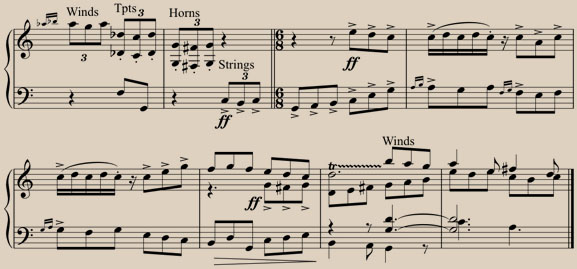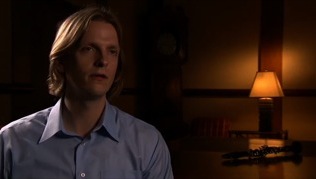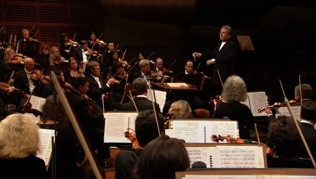
The movement represents Mahler's signature ability to move among various scenes and moods. He begins by quoting his song "Change in Summer" (Ablösung im Sommer), expanding the material and the contrast between the two parts of this song into a colossal Scherzo. He cuts back and forth like a movie director between sound-worlds: of cruelty and comedy,


